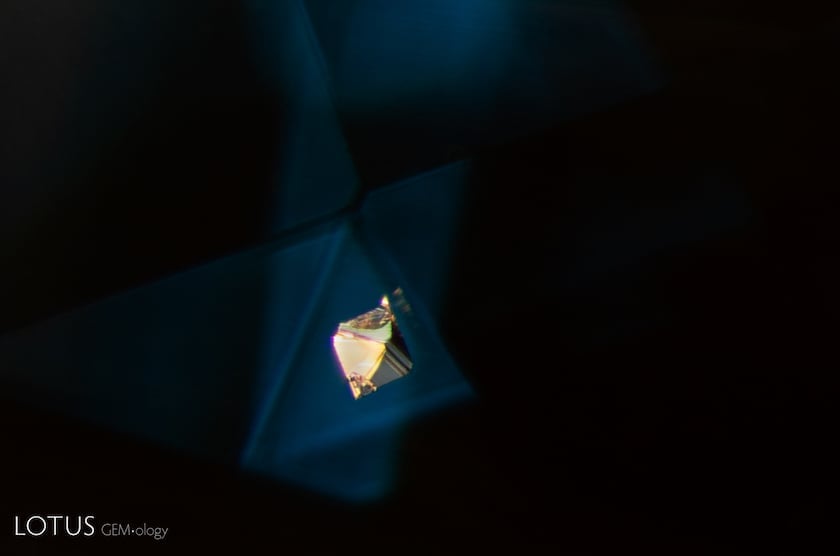Spinel Inclusions
The materials trapped inside gems hold a wealth of information. Learn what the most common types of spinel inclusions reveal about this gem.
6 Minute Read
The Importance of Inclusions in Gemology
Although a few gems contain beautiful inclusions visible to the naked eye, you’ll need a loupe or microscope to view inclusions in most gemstones, including spinels.
In general, inclusions can help answer many questions about their host gemstones. First and foremost, inclusions might provide clues for identifying a gemstone’s species. They may also help gemologists determine whether a particular specimen is natural or synthetic. In some cases, that may even indicate the source. Inclusions might also divulge if the host gem has received treatment or enhancement.
Natural Spinel Inclusions
The GIA classifies spinels as Type II clarity gemstones, which means they’re usually included. Although the highest-valued spinels are usually eye-clean, most spinels contain many kinds of inclusions visible only through magnification and some visible to the naked eye.
Emily Frontiere
Emily Frontiere is a GIA Graduate Gemologist. She is particularly experienced working with estate/antique jewelry.
International Gem Society
Related Articles
Spinel Gem, Price, and Jewelry Information
Spinel
Understanding Gem Synthetics, Treatments, And Imitations, Part 4: Synthetic Gemstone Guide
Buying Gemstones in Afghanistan: A Beginner’s Guide
Latest Articles
800 Years of Mogok: A Celebration in Tenuous Times
What is the Average Gemstone Faceting Yield?
Pyroxmangite Value, Price, and Jewelry Information
How to Identify Emerald Simulants and Synthetics
Never Stop Learning
When you join the IGS community, you get trusted diamond & gemstone information when you need it.
Get Gemology Insights
Get started with the International Gem Society’s free guide to gemstone identification. Join our weekly newsletter & get a free copy of the Gem ID Checklist!
